Toronto Neighbourhoods
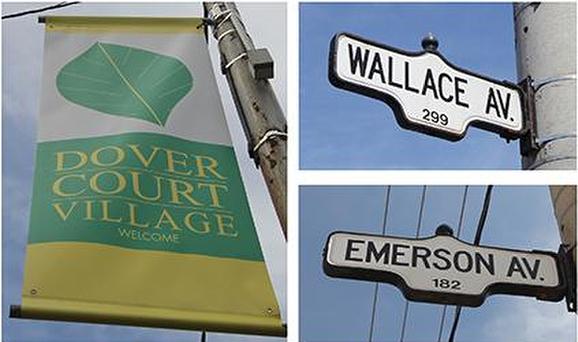
Dovercourt - Wallace - Emerson - Junction
A full blown gentrification is underway in this collection of small neighbourhoods. If you're looking for a home within reasonable walking distance to the subway then I highly recommend that you consider these fantastic West end neighbourhoods.
Many buyers have taken note and are snapping up homes for very reasonable prices compared to some other neighbourhoods near the Bloor Street West subway line. The commercial storefronts on Bloor Street between Dufferin and Lansdowne are also seeing a nice revitalization. Art galleries, coffee shops and trendy vintage stores have started popping up to meet the demand. These types of businesses are indicative of a gentrification happening in the community.
Developers are busy transforming many of the old commercial buildings into usable residential space. 100+ year old factories that were once built for workers are now stunning loft spaces with jaw dropping ceilings and wooden beams. What cannot be converted is being torn down and highrise condos are starting to popup all around.
Leave the car at home! The Lansdowne, Ossington and Dufferin & Christie stations are all a short walk away. With a location this close to the subway you can quickly get to the downtown core.
These neighbourhoods have fantastic house, condo and investment options that meet many buyers needs. Over the years the value appreciation and demand have been very strong making them more popular then ever.
I personally know these neighbourhoods very well. I've owned here for many years so you can feel confident with my intimate knowledge.
The Junction - Toronto Neighbourhood
The Junction Neighbourhood is steeped in history. It was named for the four rail lines that pass through the neighbourhood known as the West Toronto Diamond. Historically the many factories and industries attracted immigrants from Europe dating back to the late 1800's. These days with rapid gentrification this once industrial neighbourhood has seen revitalization that has made this one of Toronto's hottest areas to live.
The main Junction strip is located along Dundas, West of Keele Street. Over the years many eclectic businesses have opened up here like art galleries & trendy vintage stores. There is no shortage of new chic restaurants and lounges in the Junction. Residents of the Junction also gain from having the Bloor Street West subway, High Park & Bloor West Village just a short stroll away.
Just like other old communities in Toronto the Junction has many gorgeous century old homes. Stained glass windows, antique fireplace, crown molding & antique ceilings are found in some homes. There are a number of modern zen style homes that have been built in the neighbourhood recently.
Over the years we have seen condos start to popping up in the Junction. They are very well priced and make fantastic options for first time buyers. Another exciting development is the mall that's being built at St. Clair and Keele Street.
The Junction is the “place to be and live”. It's popularity with families and first time buyers will help it grow as a community and reach tremendous potential in all parts of the Junction.
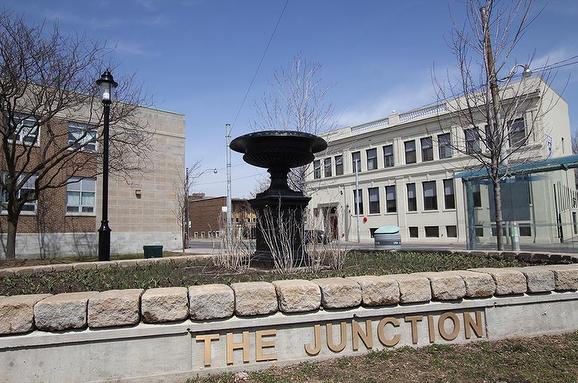
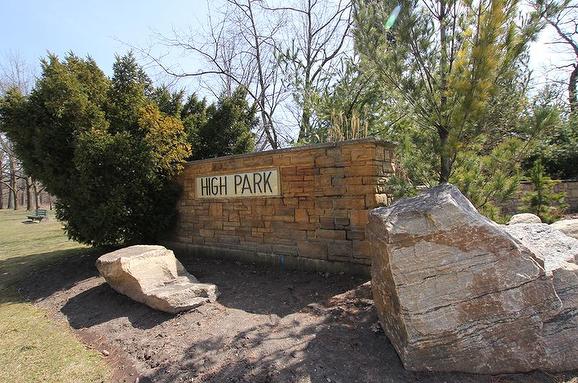
High Park - Toronto Neighbourhood
The High Park neighbourhood offers residents an absolutely fantastic location with nature combination that is hard to beat. Who wouldn’t want to live on these gorgeous tree lined streets? Buyers have been flocking to this neighbourhood for years hoping to join the club of the lucky few that call this beautiful neighbourhood home.
Many families call the High Park neighbourhood home. Take a stroll during the day and you will see many families enjoying the park or people walking their dogs. Bloor Street West of High Park offers many nice restaurants and businesses catering to the higher end clientele that live in the area. All neighbourhood have a “feel” and High Park is no exception. You can clearly see a healthy living vibe in this neighbourhood. With the park at your doorstep, walking, running & biking is simply a must do.
Most of the houses in this neighbourhood were built between the 1880s and 1920s. Many buyers are looking for homes with preserved original charm like stained glass windows, antique fireplace, crown molding / wood trim and antique ceilings. Since the homes in this area are older these remarkable architectural details and ornaments should be preserved as much as possible. There are a few styles of homes that can be found in the area; mostly Victorian, Edwardian and Tudor-style. Some of these beautiful homes are designated historical.
Interested in High Park North homes and condos? The starting price for a detached home is approx 800,000+. 2 BDRM condo is approx 500,000+
Runnymede - Bloor West Village
Bloor West is a neighbourhood that's full of life. Take a walk on Bloor Street and you will come across local businesses that are full of charm and character. These establishments cater to mostly the locals and tend to make popular social gathering spots. These businesses, include restaurants, cafes, clothing stores & book stores, create a vibrant, unique atmosphere for locals to connect with the rest of the community.
The residential streets in this neighbourhood are lined with beautiful homes that anyone would be proud to call home. These quiet tree lined streets make a perfect safe community that's popular with many of Toronto's young families.
Houses in this neighbourhood are not only beautiful but well built as well. These century old homes are generally two story solid brick American craftsman style. However, as with other older neighbourhood in Toronto, renovations are becoming popular and many of the traditional homes are being torn down to create larger, more modern homes.
Residents of Bloor West Village are proud of their community and take great steps to preserve it's character. It is the pride & care of the locals that has guided this community away from issues like high-rise development and noise and pollution. This is truly a community that cares and this is why it's among the best places to call home in this big city.
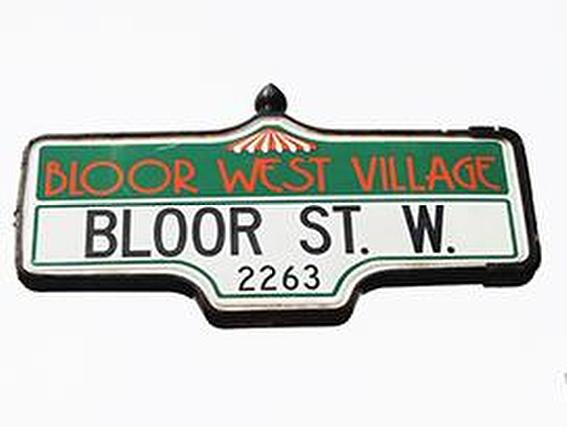
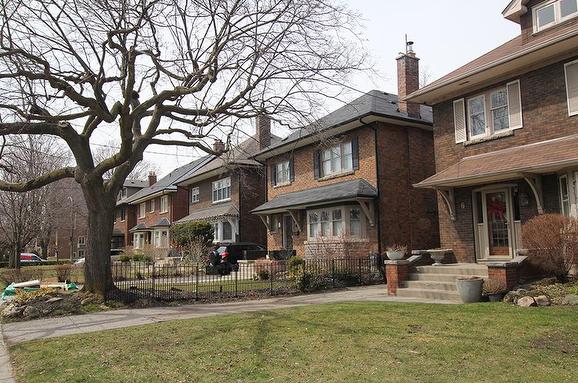
Lambton Baby Point - Toronto Neighbourhood
Looking to live in an Eden-like neighbourhood? Well this beautiful Humber River community may be a perfect fit for you.
The historical South end greats you with impressive stone gates (Jane and Baby Point Road) as you enter into the community. The neighbourhoods name originates from a prominent government official James Baby that settled there in 1816. Interestingly enough the correct pronunciation of him last name is in fact Bobby.
The stunning stately homes are found in the South part of this community. Some homes back onto the Humber Valley ravine and are found along Baby Point Road, Baby Point Crescent & Humberview Road. The homes on these street are surrounded by lush greenery and beautiful views. One of the important features to take note of is that some premium lots give the buyer more usable table land.
Explore this neighbourhood a bit further North and you will find smaller homes North of Magwood Park to Dundas Street. These quite street offer homes that make fantastic family options for a reasonable price compared to the historical section. Most of these newer homes were constructed in the 1920's & 1930's.
Weather you're looking for a home in the multi-million dollar or in the 500+K range Baby Point offers everyone options that are close to nature.
St. Lawrence Market - Toronto Neighbourhood
This abundantly historic area is one of the oldest areas in the City of Toronto. It is bounded by Yonge, Front and Parliament Streets, and the Canadian National Railway Embankment. The area's main focal point is The St. Lawrence Market, which has been in operation for over 200 years. Though this area has seen a lot of demolition and reconstruction over time, the “Market” is still home to more than 120 specialty vendors- where fresh produce, meats, clothing and other antiques can be purchased.
Here is where some of the City's most interesting architecture can be found, including the “Flatiron” Building, one of Toronto's most recognized landmarks, located at the corner of Wellington and Front Streets. St. Lawrence Hall, built more than 150 years ago, is home to many retail establishments, city offices, and extra space available for rent. It was only in the 1970s when mayor (at the time), David Crombie decided to turn this area into a residential neighbourhood. The area was planned by Alan Littlewood, and influenced by an American urban planner. It was not until the 1990s that this area's residential developments were completed.
Today, St. Lawrence is known to be one of the greatest successes in urban planning, and is a model for future developments across North America. St. Lawrence is also home to St. Lawrence Centre of the Arts, George Brown College and St. James Cathedral. The Esplanade, located off of Yonge Street, is lined with many restaurants, cafes and hotels that run right through the core of the community. Similarly, Front Street, which is located east of Yonge Street is home to many retail shops, restaurants, book stores, and much more. Still, with all the bustle of Downtown urban living, quiet and cozy parks can be found in this dynamic area. In recent years, this neighbourhood has seen a new wave of both residential and commercial properties.
Both TTC and GO transit can be easily accessed by area residents, and St. Lawrence is just minutes from the Don Valley, Gardiner, Lakeshore, and the rest of the Downtown core. An area that is home to many college and university students, working professionals, as well as many families; St. Lawrence is an ideal and thriving neighbourhood to call home.
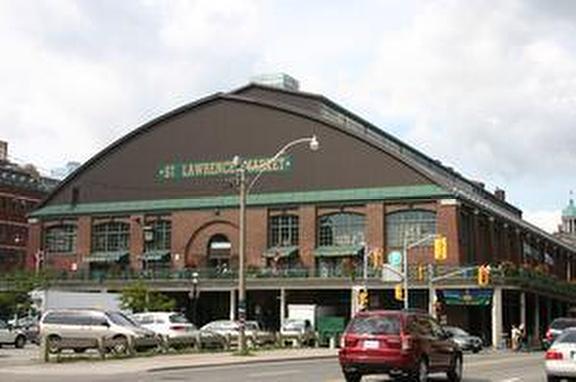
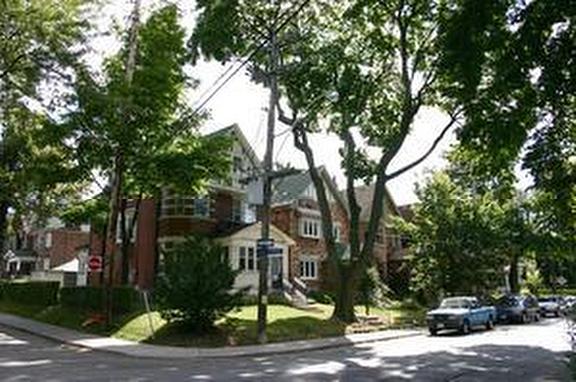
Roncesvalles - Toronto Neighbourhood
Also known as “Little Poland”, this area's development came in the early 1900s, just as soon as the 'streetcar' came into the area. Known for its European-like setting and small town feel, this area was a family-oriented community from the start. Roncesvalles is quite popular amongst young families. The houses here are primarily of Victorian and Edwardian architecture, and can range anywhere from the $200K - $700K. These houses stand unique from one another, as some come detached, semi-detached or attached, and in two; two and a half, and sometimes three stories. Many commercial and warehouse buildings in the area have been converted to lofts, now becoming homes to the new wave of young professionals moving into the area.
Area residents consider Roncesvalles a recreational haven. It offers 2 libraries, 3 community centres, 5 arenas/rinks, 5 public pools and 5 public parks; one of the more popular parks being High Park, where visitors can take place in a variety of sports, which include both tennis and fishing. The park also features a popular playground for children, and a zoo!
The Roncesvalles Village is a predominantly residential area, with its commercial strip located along Roncesvalles Avenue. Quite a number of small businesses, most of which are independently owned and operated, can be found along this strip. These include gift shops, pharmacies, grocers, clothing and shoe shops, restaurants, and cafes.
Roncesvalles Village is well served by the Dundas West and Keele Subway Stations, with five streetcars operating through the neighbourhood. The Queensway bus provides service along Parkside Avenue from Keele Station. The Exhibition GO Station is also within close range, and provides service along the Lake Shore. Motorists can also be Downtown within 15 minutes.
Davenport - Toronto Neighbourhood
Thousands of years ago, Davenport Road was once used as an ancient foot path by First Nation's people seeking a route between the Humber and Don Rivers. Between the 1600s and the late 1700s, it was also used as an important passage way for French fur traders, and other European Settlers. Today, Davenport is a small neighbourhood, situated Northwest of Downtown Toronto, with many single family homes. The original Victorian-style houses were built between 1900 and 1929- some of which have been replaced by newer semi-detached homes, and range anywhere between $200K - $600K.
Shopping in Davenport is spread out along DuPont Street, and includes the Galleria Mall. Area residents can enjoy a beautiful view of the City skyline and Lake Ontario from the top of Hillcrest Park, located at the corner of Davenport Road and Christie Street. Melita Park is another park in the area often frequented by locals. This quiet and picturesque neighbourhood has been home to many families for generations. Recently, however, younger professionals and university students have also moved into the area, due to its affordable accommodations.
Davenport offers quite a number of public transportation options, with a number of buses that run along Dufferin Street, Davenport Road, Ossington Avenue, Bathurst Street, DuPont Avenue and Dovercourt. All of these buses connect travellers to the St. Clair West or DuPont Subway Stations. Motorists can easily gain access to the Downtown core within 10-15 minutes.
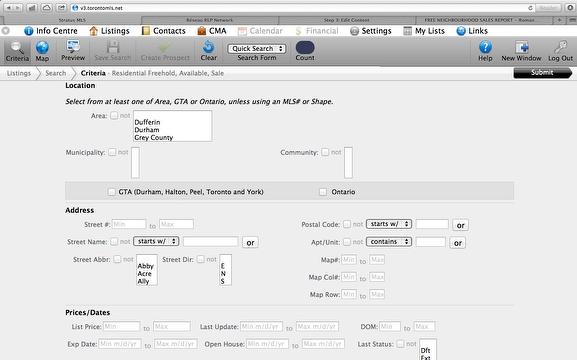
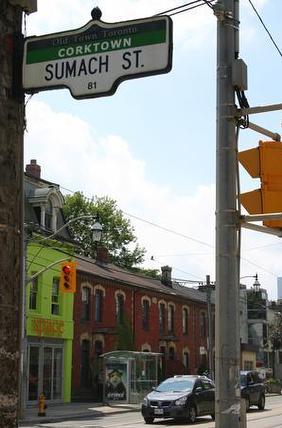
Corktown - Toronto Neighbourhood
This part of the City was named Corktown, after the Irish immigrants who settled in the area from Cork in Ireland, in the early 1800s. At that time, the area was occupied with small cottages, vegetable gardens and fields. In 1848, Enoch Turner funded the construction of the first schoolhouse on Trinity Street. This is the oldest schoolhouse to still stand in the City. In the late 19th Century, the area became populated with urban workers, and soon after, a residential community ensued.
Known as one of the more affordable Downtown neighbourhoods, Corktown has become increasingly popular amongst young professionals due to its proximity to Downtown businesses and the Entertainment District. Many of Corktown's older commercial buildings have been converted into studio-work spaces, condominiums and lofts; all in all, contributing to the revival of the entire neighbourhood. People are drawn to the area because it is said to be “gritty, urban, cool, and cutting edge” all at the same time. Houses in this area are known to range between the $300K-$800K, and are of predominantly Victorian-style architecture. Some of the older workers' cottages are also a favourite amongst new home owners in the area, as well as some of the newer pockets of town-homes and lofts that have been added to the community.
Presently, there is only a limited amount of shopping for area residents, which is located at the corner of Queen and Parliament Streets, however most residents don't mind shopping in the St. Lawrence area, which is within walking distance. The St. Lawrence Market is a very popular area in the City where many people go to purchase clothing, produce, meats, antiques, and collectibles. The area's landmarks are the Little Trinity Church, and the Art Gallery located on King Street. Another jaw-dropper is the $1.7 million penthouses located at Parliament and King.
Though the area does sound like an ideal place for young professionals, Corktown also caters to growing families; with its many parks, community centre, and arenas. Travelling is easy, with the Queen and King streetcars connecting to stations on the Yonge-University-Spadina Subway line. The Parliament Streetcar connects commuters to Castle Frank Station located on the Bloor-Danforth line. Motorists are only a few minutes from the Adelaide Street on ramp to the Don Valley Parkway, and an equally short distance to the Gardiner Expressway and Lake Shore Boulevard.
Once considered an industrial wasteland, Corktown has become a hip, up and coming- diverse community. This is the ideal neighbourhood for anyone who is looking for affordable and comfortable living close to the Downtown area.


